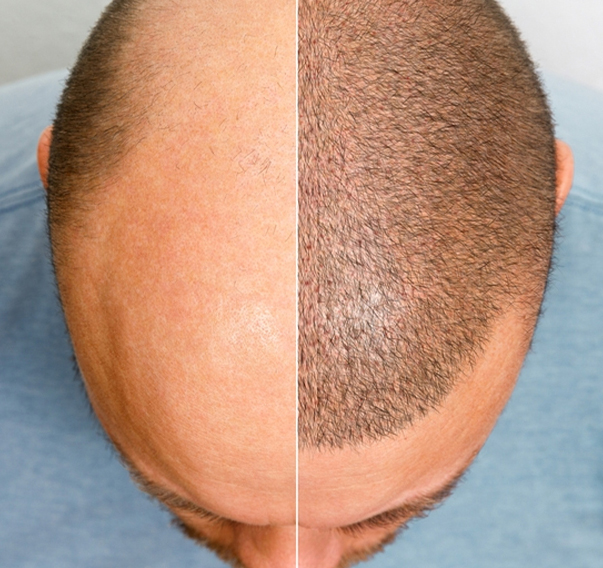
Hair transplantation can be used to treat various types of hair loss, including male and female pattern baldness, alopecia, and scarring alopecia. It can be an effective treatment option for people experiencing hair loss due to genetics, aging or other factors. Hair transplant results can be natural-looking and long-lasting, but the procedure can be expensive and may not be covered by insurance. It is important to consult a dermatologist experienced in hair transplantation to determine whether hair transplantation is the right treatment option for you.
In our day, almost fifty percent of men over the age of 50 face the hair loss problem. Thus, hair transplantation is the most frequent cosmetic surgery for men. Hair loss is not a condition specific to men. Many women also experience hair loss or thinning problems. Genetic features are one of the most important causes of hair loss, but it may also occur as a result of aging, traumatic injuries or various medical disorders. Hair transplantation can be successfully performed for all people with a sufficient amount of hair follicles regardless of the cause of hair loss. The transplantation method can successfully be performed not only on the scalp, but also for the losses in the other hairy body parts such as the eyebrows, moustache and beard.
In the hair transplantation procedures; FUE method that does not leave any scar or FUT method that may leave a slight scar in the back part of the head are performed with success. Whereas the hair follicles are taken one by one and implanted to the deficient areas in the FUE method, a skin band containing hair is taken from the nuchal area in the FUT method. The patient who will undergo hair transplantation should have healthy hair at the back part of the head and on the sides to be used as donor areas. Other factors such as the colour and thickness of the hair, its properties such as strength and waviness are influential in the result of the procedure. The method to be preferred should be decided after hair and scalp analysis by taking also the priorities of the patient into consideration. Although FUE method that does not leave a scar is mostly preferred, it may be necessary to use the FUT method in some cases. Hair transplantation may be performed not only for balding but to increase the hair density in the thinned areas.
The procedure is completed within a few hours depending on the amount of the hair loss. If the hairless area is too large, several sessions may be needed to complete the treatment. In general, the intervention is carried out with sedation under local anaesthesia.
A special bandage is applied to the head section of the patient after the procedure and the patient is discharged a few hours later. Although pain is rare, pain control is provided with pain relievers. The patient can generally go back to work by keeping the head covered after a 3-days home rest. The first medical wound dressing is done on the 5th day.
In the procedure, the hair follicles taken generally from the nuchal area are transplanted to the targeted hairless area. These hair follicles taken are called grafts. In rare cases, there is not a sufficient amount of healthy hair in the nuchal area or in the temporal region of the patient. In such cases, hair follicles may be taken from other body parts with hair, such as the arms or the chest wall of the patient.